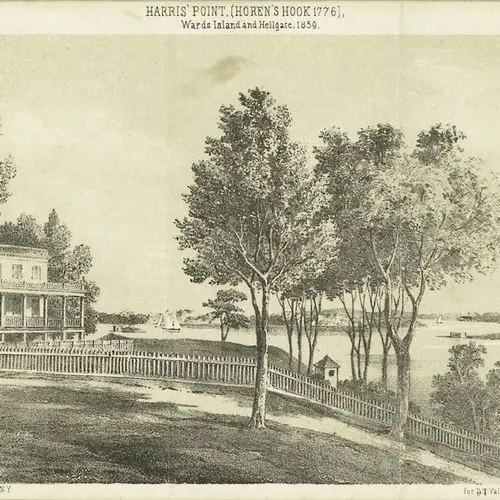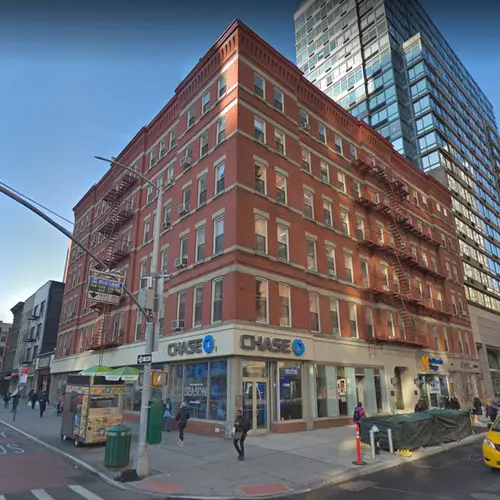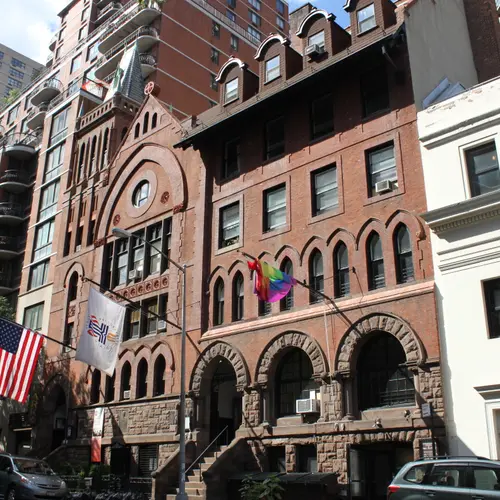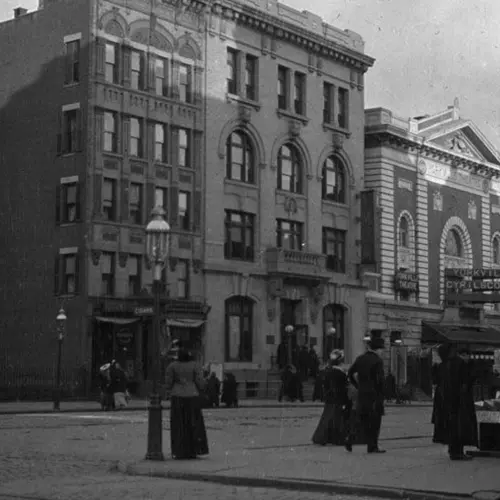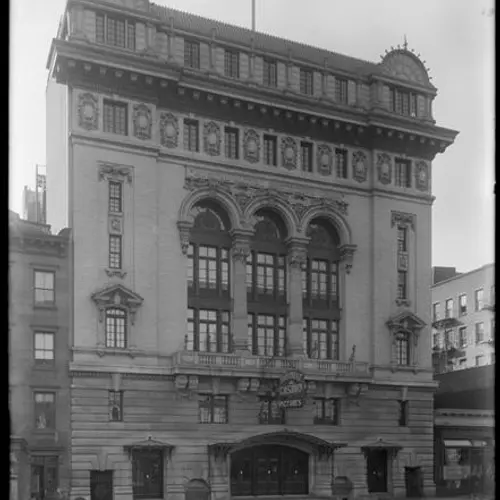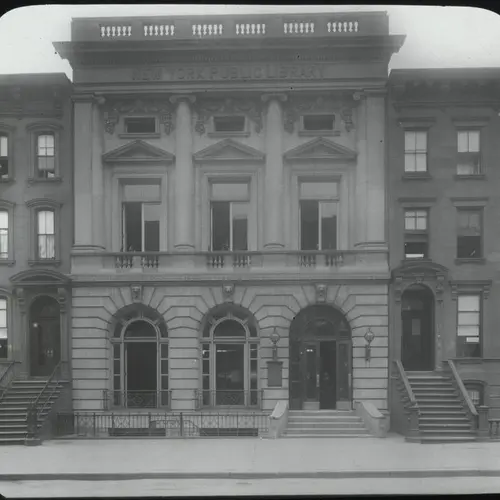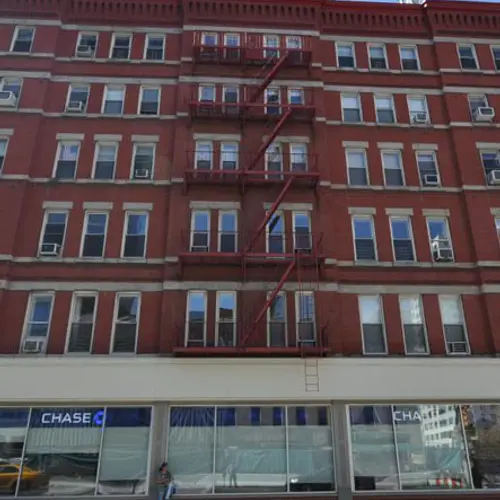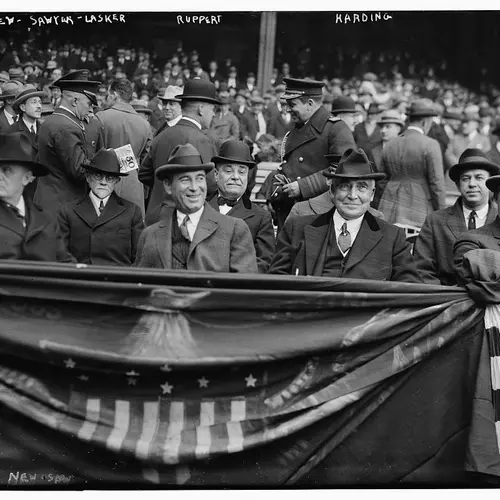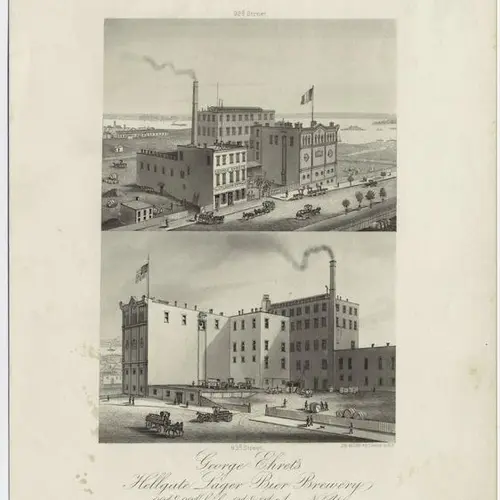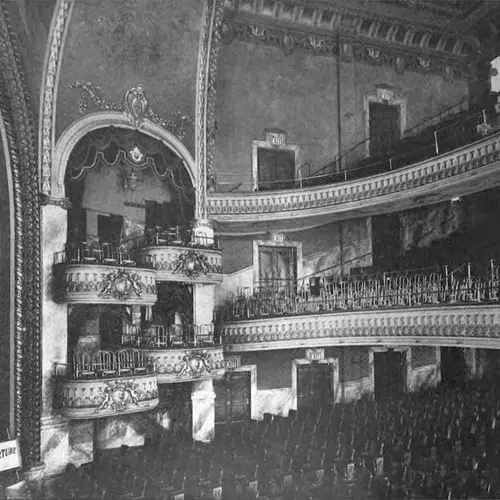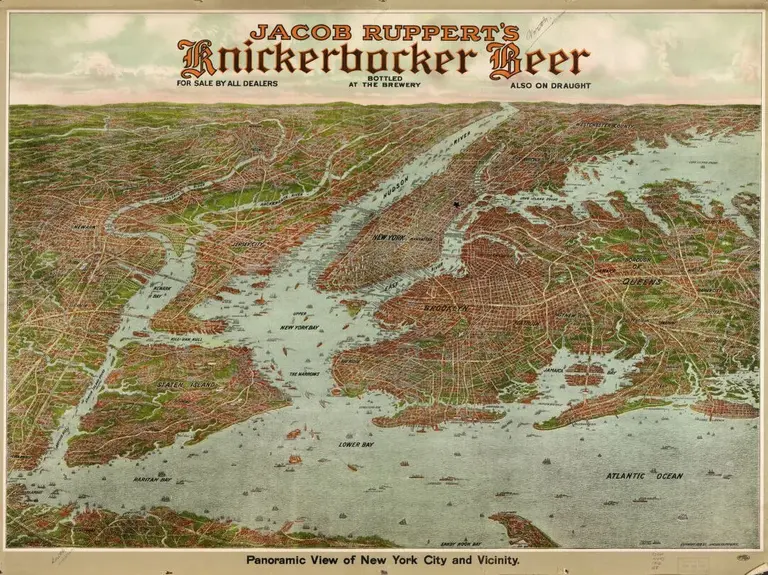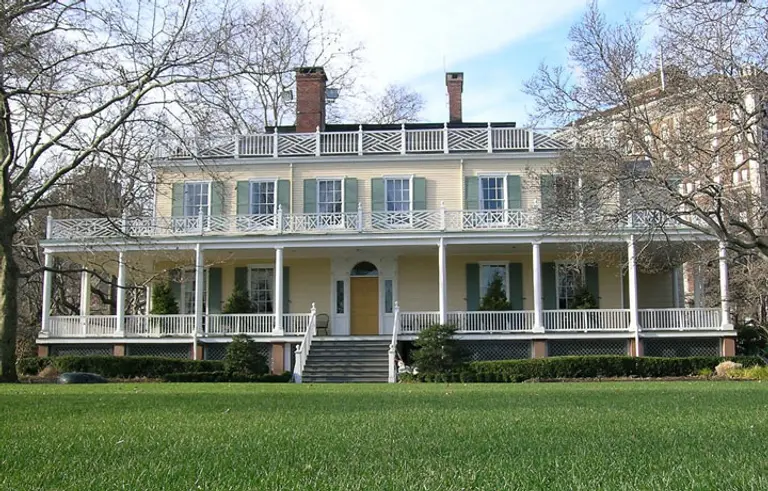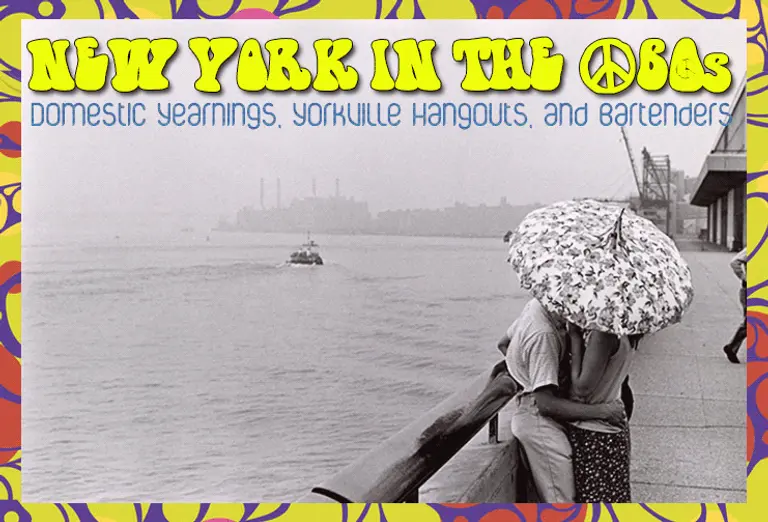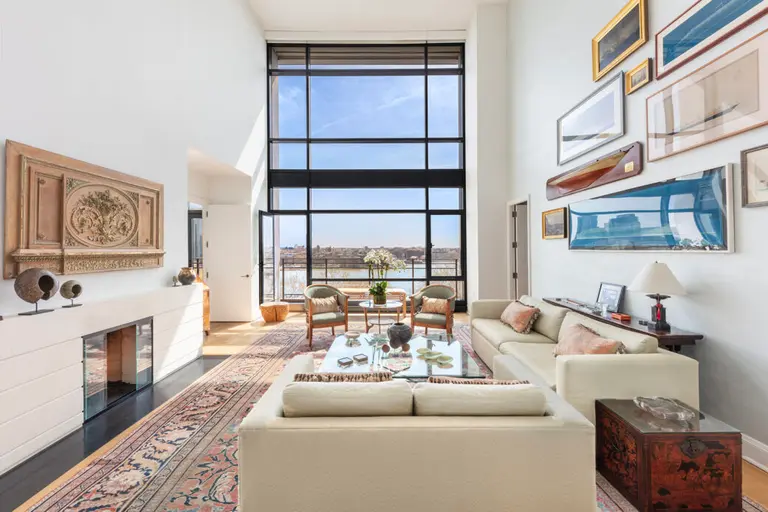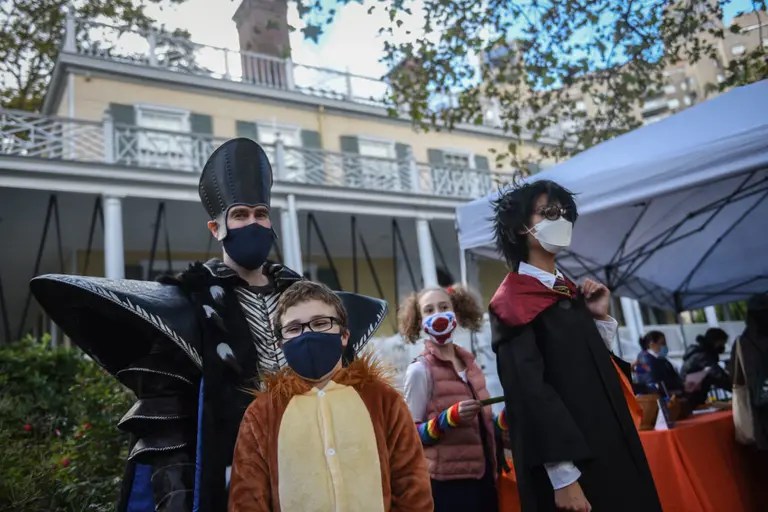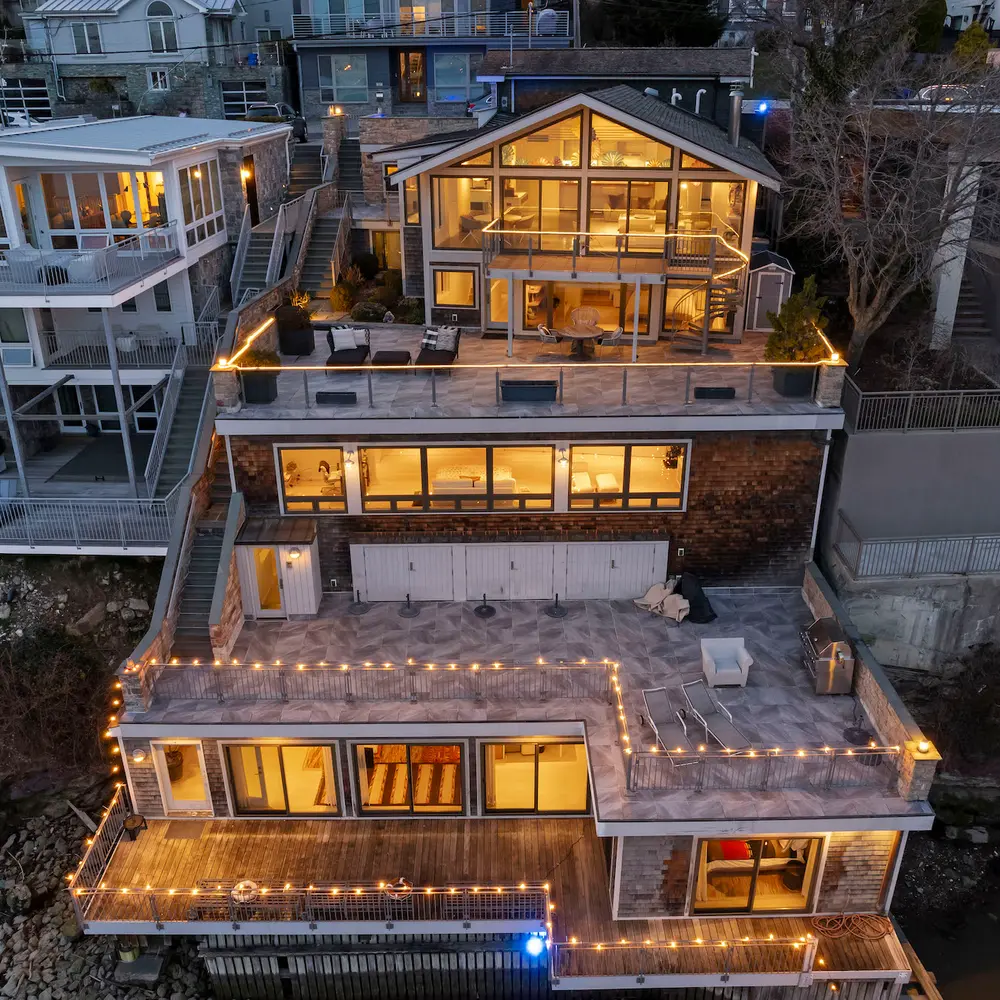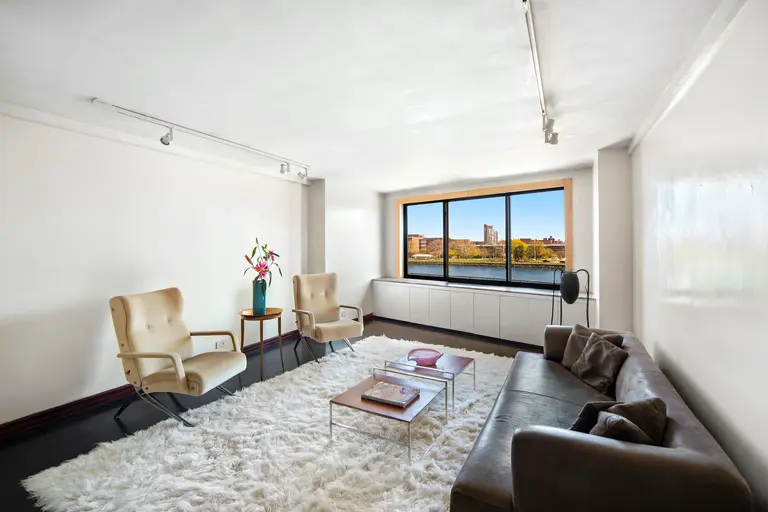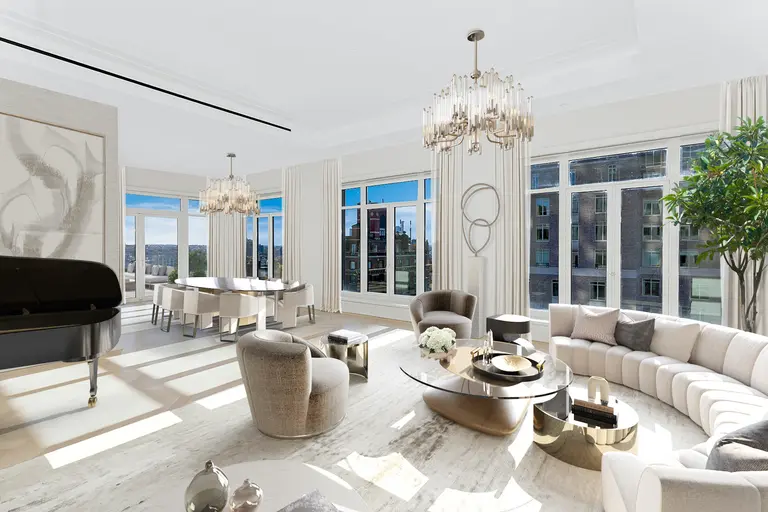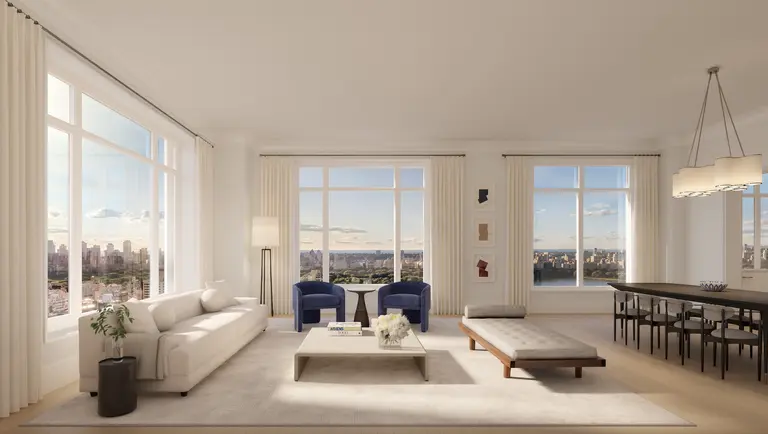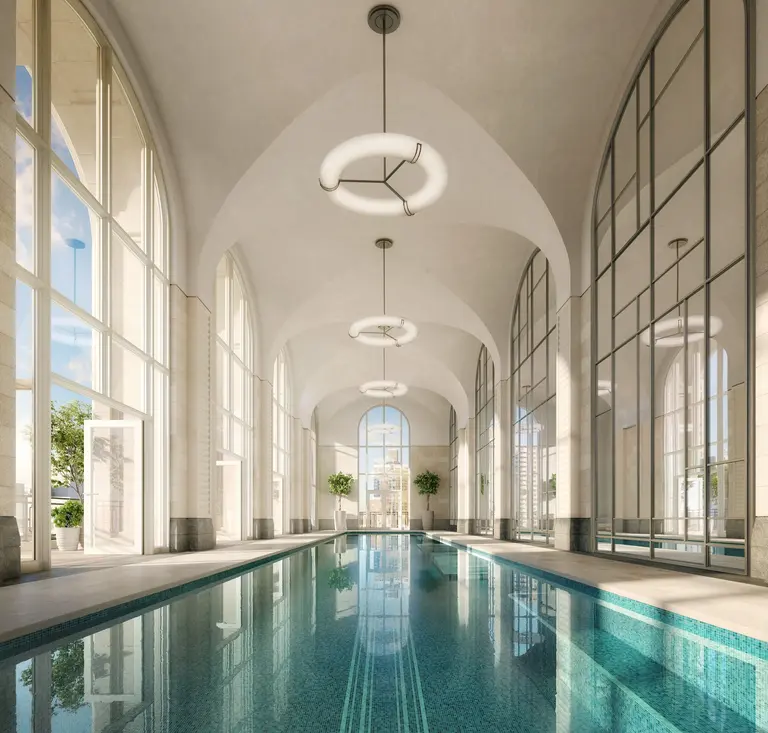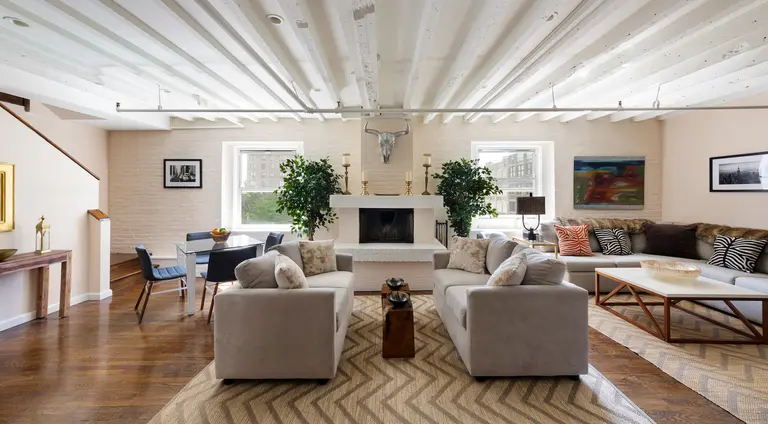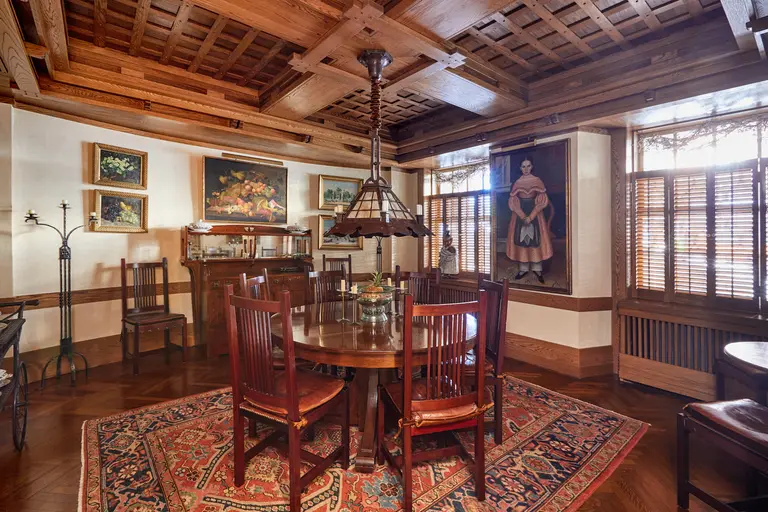From breweries and baseball to ‘cigar tenements’ and German Broadway: 10 secrets of Yorkville
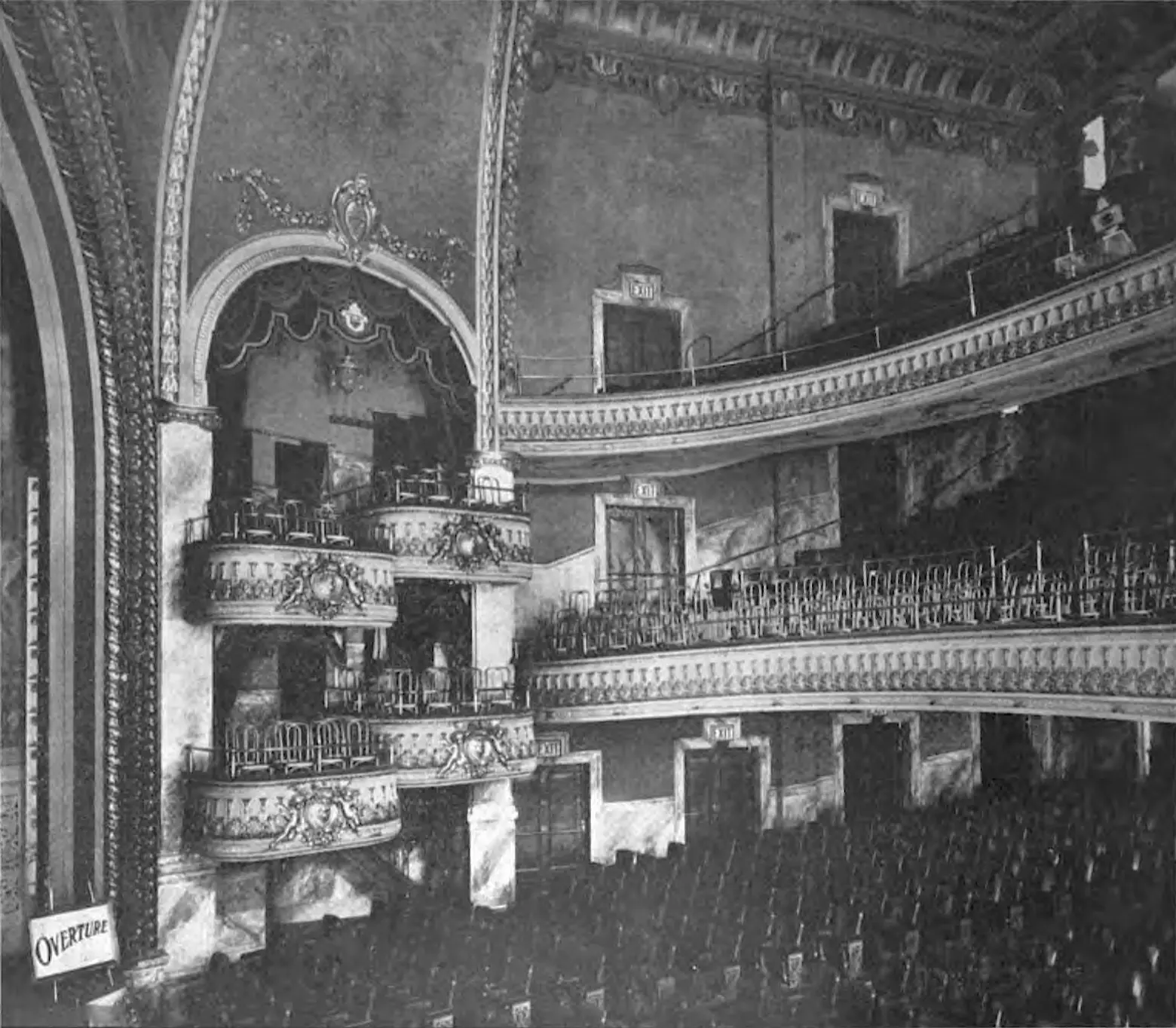
Yorkville Theater, 86th Street between Lexington and Third, via Wikimedia
Yorkville has been a popular outpost for the young professional crowd for quite some time now, but thanks to the Second Avenue Subway opening two years ago, the neighborhood has been getting on everyone’s radar. But long before the cool subway mosaics, new building developments, and constantly-popping-up restaurants and bars, Yorkville had a diverse history that spanned more than 300 years.
In celebration of this history, FRIENDS of the Upper East Side Historic Districts is releasing today a new neighborhood history book, “Shaped by Immigrants: A History of Yorkville.” And after getting a sneak peek, we couldn’t resist sharing some juicy neighborhood history gems. From having its own “piano ferry” and the largest brewery in the country to revolutionizing apartment living, this Upper East Side enclave is bursting with exciting secrets!
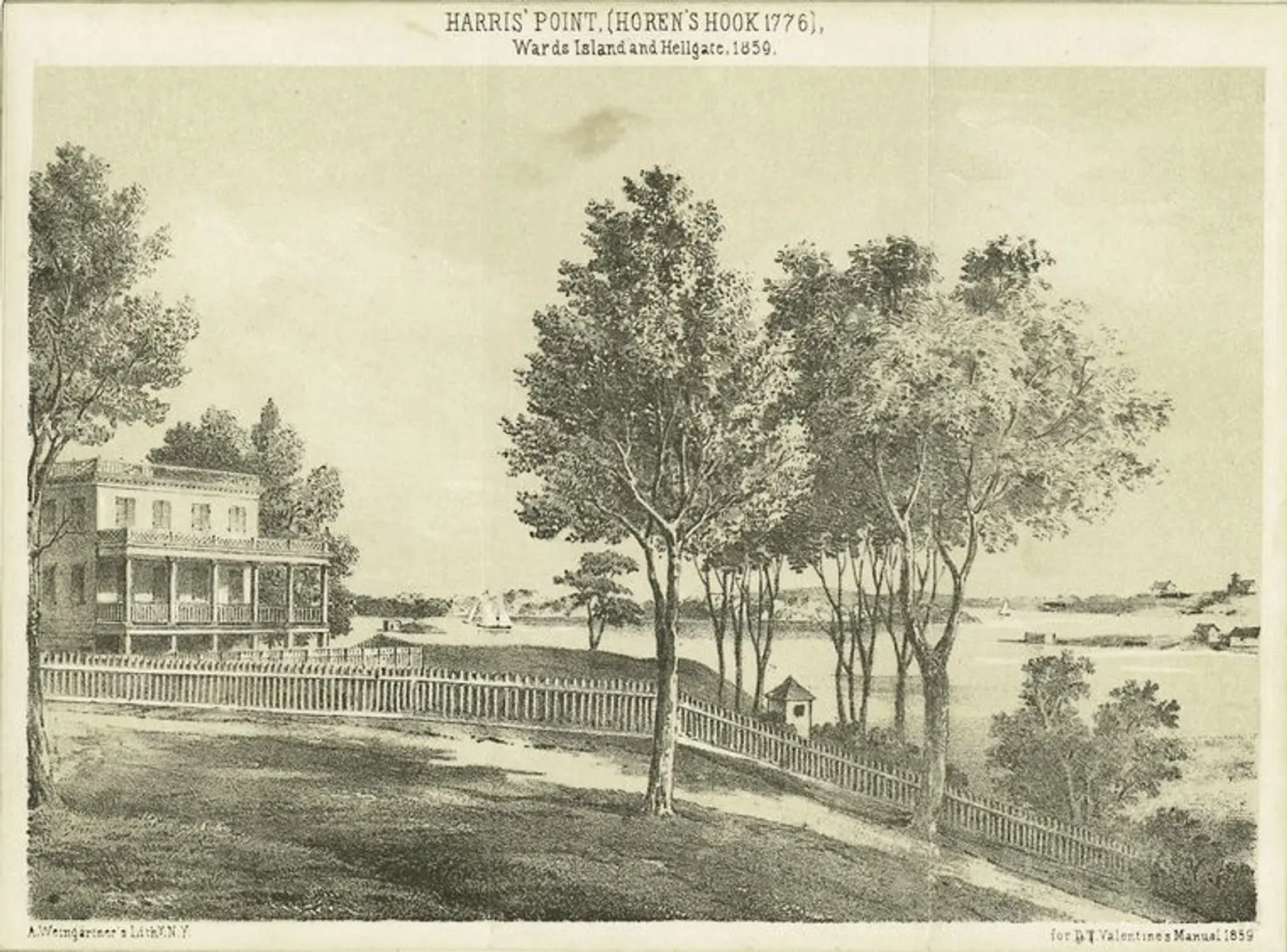
Today’s Yorkville was once the bucolic Harris’ Point (Horen’s Hook), seen here in 1776, via NYPL
1. Yorkville began as a country retreat for the wealthy five miles from the bustling city
Today, Yorkville is a bustling part of Manhattan, connected to all five boroughs via the Second Avenue Subway. But, in the 1700s, the area was a sleepy country retreat for the city’s most elite families, including the Astors and the Schermerhorns. For their pleasure, these illustrious New Yorkers could make use of Yorkville’s best-known leisure spot, Jones’s Wood, around what is now East 70th Street, which sported beer gardens, dances, and even German shooting competitions.
One of Yorkville’s original country estates still stands, and serves as New York’s “Little White House.” Gracie Mansion, built on the edge of the East River in 1799, began housing New York’s mayors in 1942, during the La Guardia administration.
 2. Yorkville residents once had their own unique commute: the piano ferry
2. Yorkville residents once had their own unique commute: the piano ferry
Yorkville may be five miles from City Hall, but it’s just a stone’s throw across the river from Astoria, where the Steinway Piano Factory opened in 1870. The factory drew skilled craftsmen from Yorkville’s German community, known as Germantown. The neighborhood’s artisans commuted to the factory via the “piano ferry,” which they could catch daily at the foot of 92nd Street.
 George Ehret’s Hell Gate Brewery, courtesy of the New-York Historical Society
George Ehret’s Hell Gate Brewery, courtesy of the New-York Historical Society
3. Yorkville was once home to the largest brewery in the country
Pianos weren’t the neighborhood’s only industry. By the 1860s, beer was booming. In 1866, George Ehret opened his Hell Gate Brewery between 92nd and 93rd Streets and 2nd and 3rd Avenues. It was the first Brewery in the country to use artificial ice making technology and refrigeration. While Ehret’s Hell Gate Brewery inspired stiff competition in Yorkville, including a rival brewery directly across the street, by 1879, Ehert’s was considered the largest brewery in the country, turning out 180,152 barrels of beer a year.
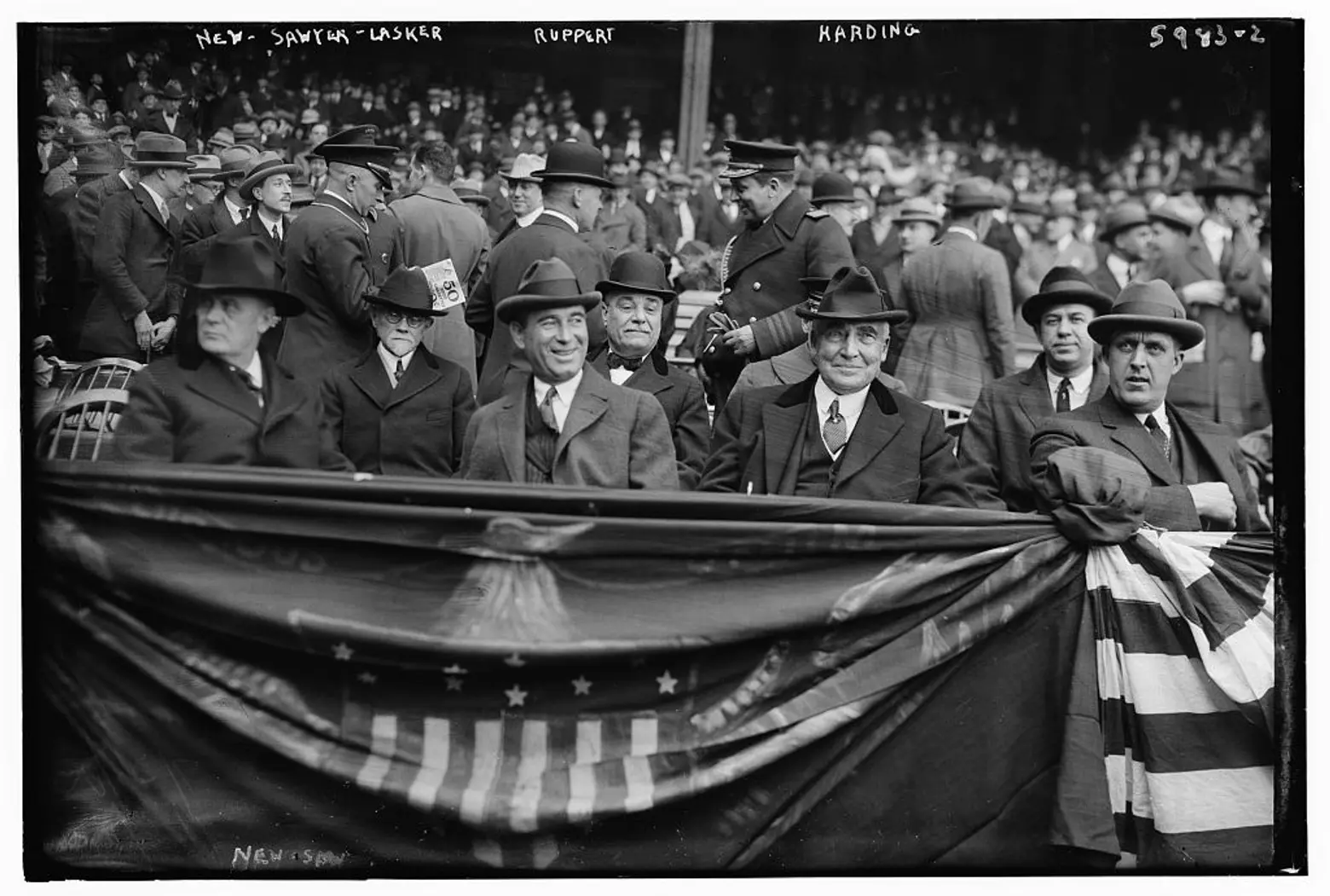 Jacob Ruppert and Warren Harding at Yankee Stadium in 1923, via The Library of Congress
Jacob Ruppert and Warren Harding at Yankee Stadium in 1923, via The Library of Congress
4. The brewers brought us the Bambino
Brewery culture grew to such an extent that it helped shape the neighborhood and the city. Yorkville itself grew around the breweries. Businesses including German meat markets, music halls, and drug stores all followed the breweries to Yorkville, catering to the brewery workers. And Yorkville’s brewers became such powerful magnates in New York that Jacob Ruppert Jr., who joined the family business in 1887, served in the US House of Representatives from 1899-1907, and became part-owner of the Yankees in 1915. He is most famous for signing Babe Ruth in 1919.
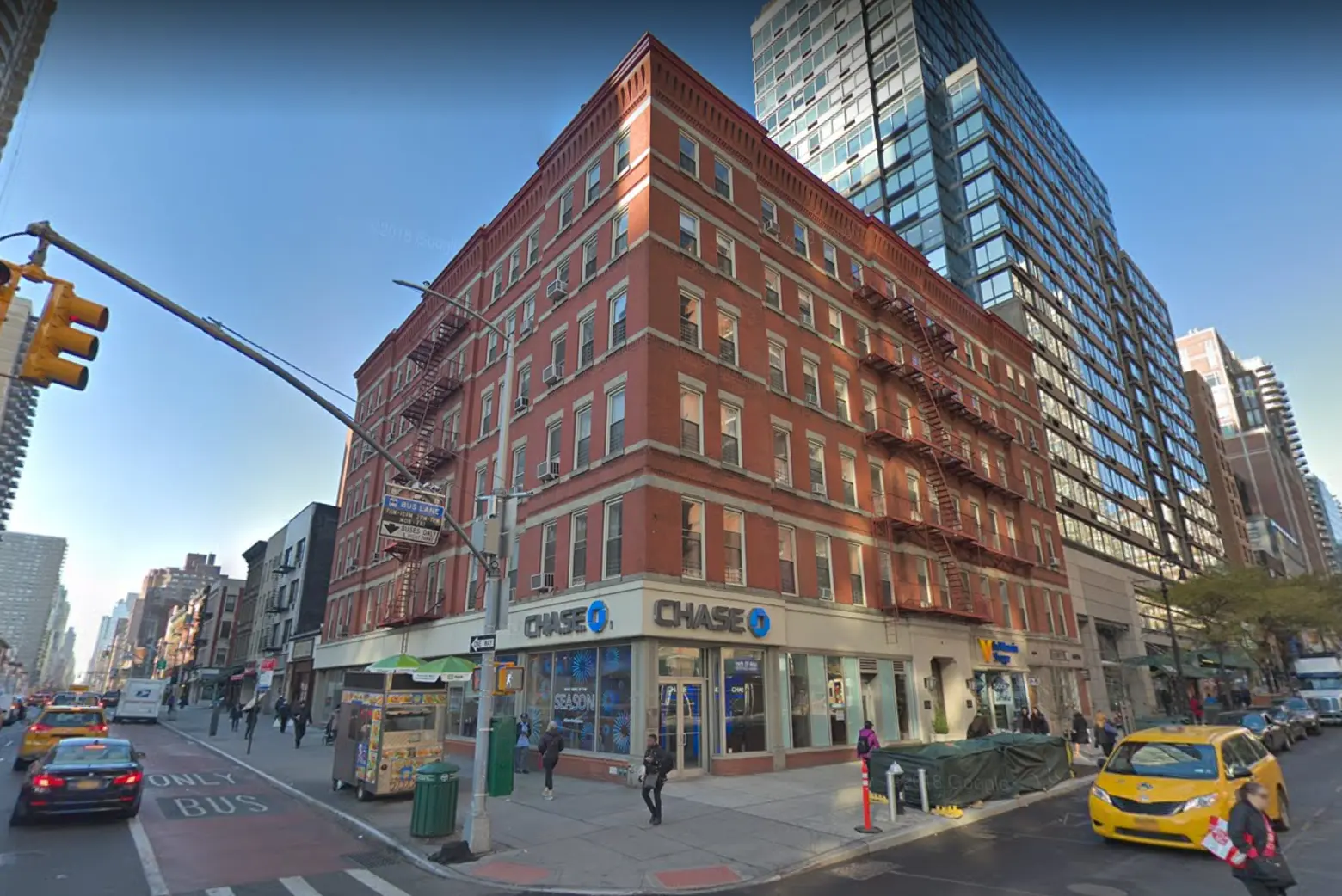 Google Street View of the Manhattan today
Google Street View of the Manhattan today
5. Yorkville boasts one of the city’s first “modern” apartment buildings
Turns out, Gracie Mansion isn’t the only building in Yorkville ever to house a mayor. In fact, the Manhattan at 2nd Avenue and 86th Street was the boyhood home of Mayor Robert F. Wagner, Jr. Built between 1879 and 1880, it’s considered one of the first “modern” apartment buildings in New York City.
Because of its large immigrant population, Yorkville became a center of progressive housing reform, where architects and planners sought to design alternatives to tenement housing. The Manhattan was one such alternative. Designed by Charles W. Clinton, who also designed the Park Avenue Armory, the building boasts more light and air than typical tenements built at the same time. At the time, it was a decidedly middle-class accommodation, featuring such luxuries as fully equipped kitchens, closets, and private bathrooms.
 6. Yorkville’s famous Cherokee Apartments were originally designed to combat Tuberculosis
6. Yorkville’s famous Cherokee Apartments were originally designed to combat Tuberculosis
The Manhattan wasn’t the only experimental apartment building in the neighborhood. A host of “model tenements” were built in Yorkville as experiments in cleaner, healthier living. The Shively Sanitary Tenements (now the Cherokee Apartments) were built from 1909-1911, between 77th and 78th Streets as a cure for Tuberculosis. That cure was fresh air.
The apartments were designed to bring the clean air, associated with country living or upstate retreats, to the city. To achieve that, the building was designed with triple-hung windows and balconies for sleeping. Despite philanthropic support from Mrs. William K. Vanderbilt, the building was not the cure reformers hoped it would be since the fresh, clean features made the apartments too expensive for tubercular patients to afford.
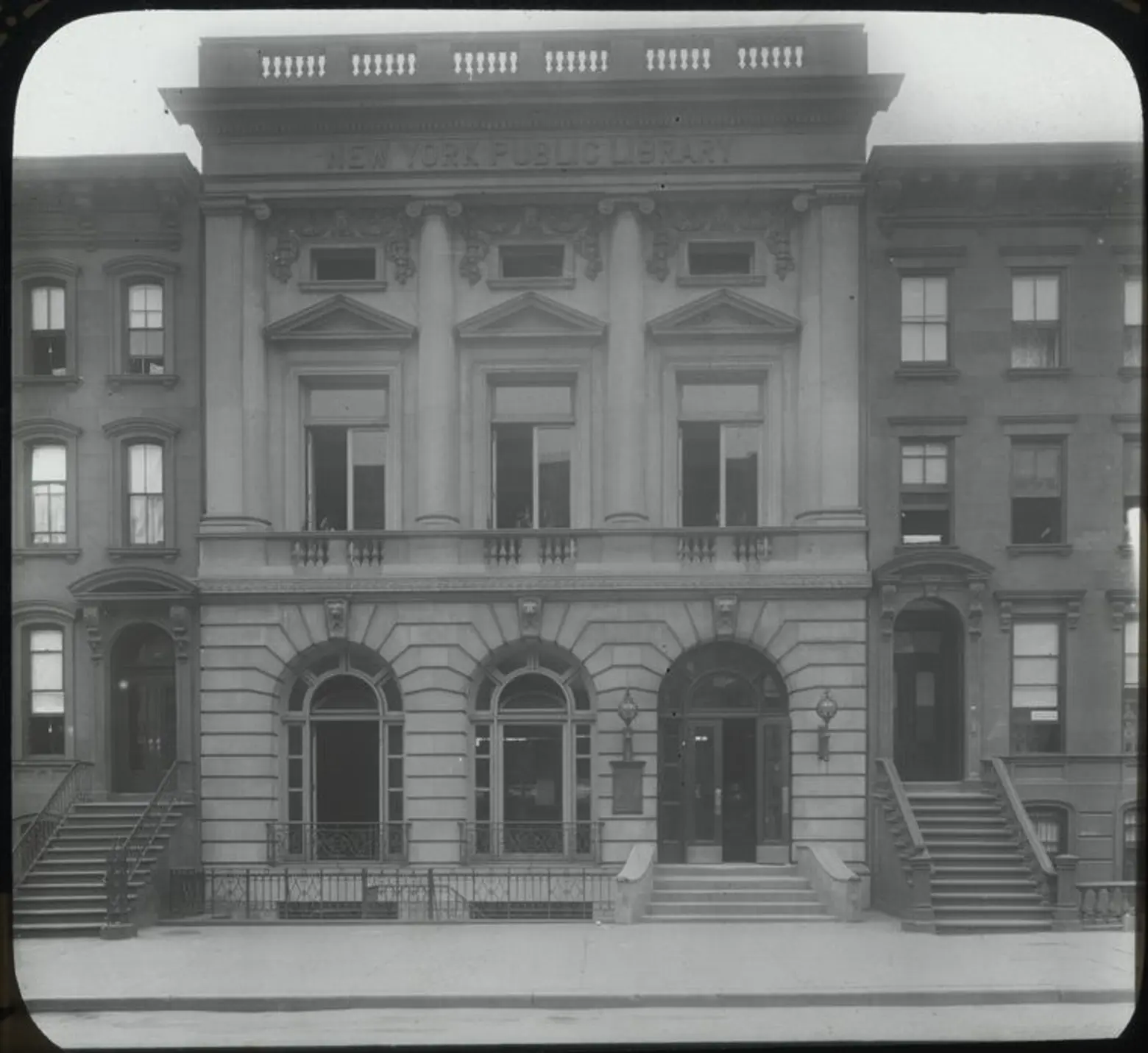
NYPL’s Yorkville Branch, 222 East 79th Street, via NYPL
7. Yorkville is home to the city’s first Carnegie Library
Other progressive reforms in Yorkville centered around education. Schools and libraries proliferated throughout the neighborhood. In fact, Yorkville is home to New York’s first-ever Carnegie Library. In 1901, Steel Magnate Andrew Carnegie donated 5.2 million dollars to New York City for the creation of 67 public library branches. The very first one opened in 1902 at 222 East 79th Street. The branch, originally noted for its Czech and Hungarian collections, is still part of the Library System and is a designated New York City landmark.
8. 86th Street was known as “German Broadway”
86th Street has always been the heart of Yorkville. At the turn of the 20th Century, it was known as “German Broadway,” lined with social clubs, shops, restaurants, and theaters. German musicians and artists made East 86th Street their own. For example, professional orchestral musicians opened a 1,000-seat concert hall and the Musical Mutual Protective Union opened the Yorkville Casino, complete with a two-story ballroom and cabaret theater, in 1904.
9. Many Czech residents lived in “Cigar Tenements”
While the German community might be Yorkville’s best-known immigrant population, historically, the neighborhood was also home to Irish, Czechs, Slovaks, and Hungarians. The Czech community clustered around East 72nd Street, and the majority of the neighborhood’s Czech residents came from Sedlec, the center of the Austro-Hungarian cigar trade. Cigar making was so deeply associated with the Czech community that in 1873, about 95 percent of Czech workers in New York were employed in the cigar trade.
Because cigar making was a portable enterprise (you could roll your own, after all) cigar manufacturing was not limited to factory work. To economize, generally at the expense of workers, cigar bosses rented or built entire tenements where their employees would live and work, rolling cigars in order to pay the rent. In 1890, the cigar workers received $3.75 for every thousand cigars they completed.
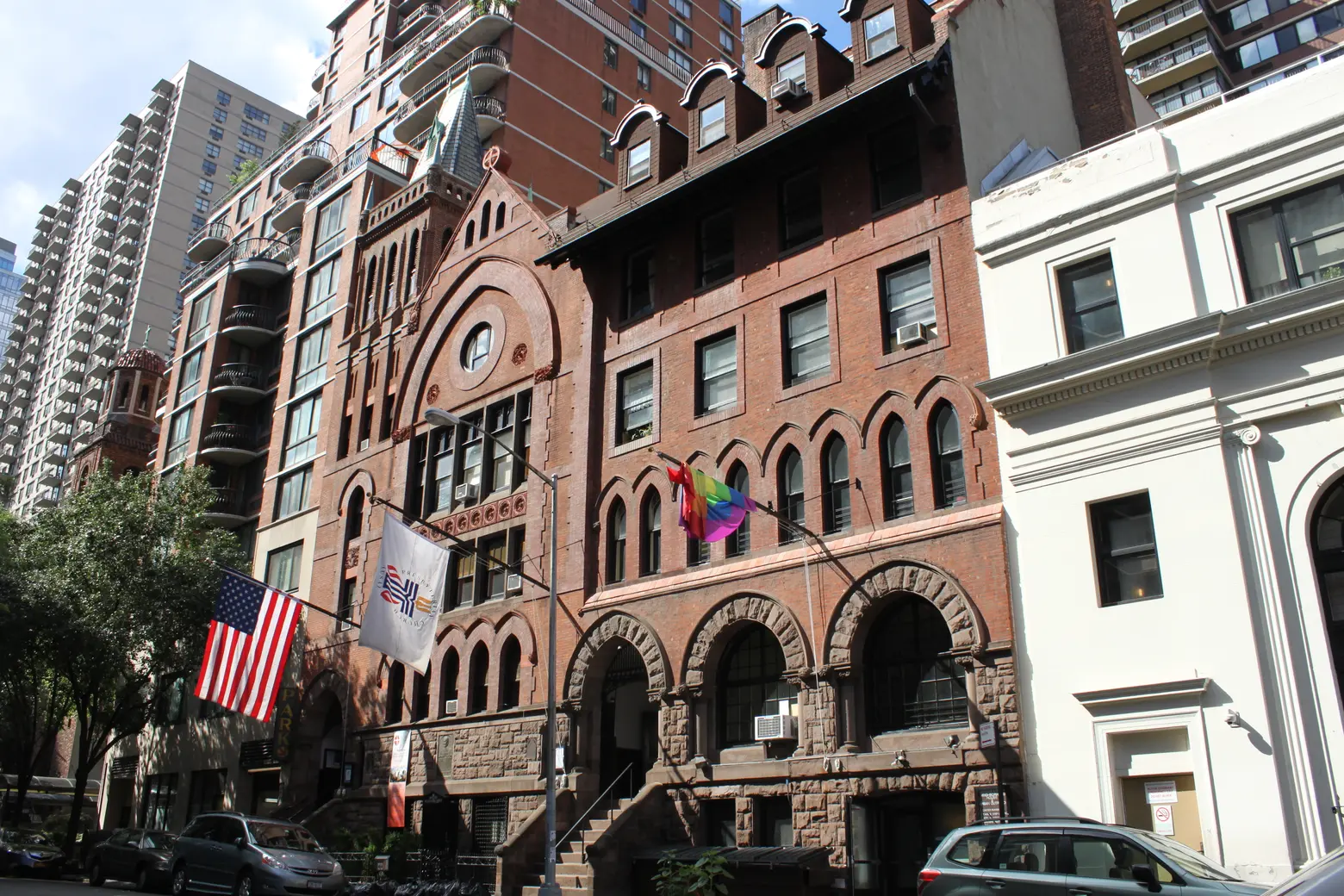
Jan Hus Presbyterian Church, via The Historic Districts Council
10. Yorkville is home to the oldest Czech Presbyterian congregation in the country
Several houses of worship sprang up in Yorkville, catering to the traditions of immigrant communities who built them. For example, Jan Hus Presbyterian Church, at 351 East 74th Street is the oldest Czech Presbyterian congregation in the Country. It was founded in 1877, and the 74th Street building was opened in 1888.
Watch a teaser for Shaped by Immigrants: A History of Yorkville here:
Shaped by Immigrants: A History of Yorkville–Introduction from Friends of the Upper East Side on Vimeo.
RELATED:
- 10 secrets of Gracie Mansion
- Germantown NYC: Uncovering the German History of Yorkville
- Where I Work: Glaser’s German bakery has been satisfying Yorkville’s sweet tooth for 115 years
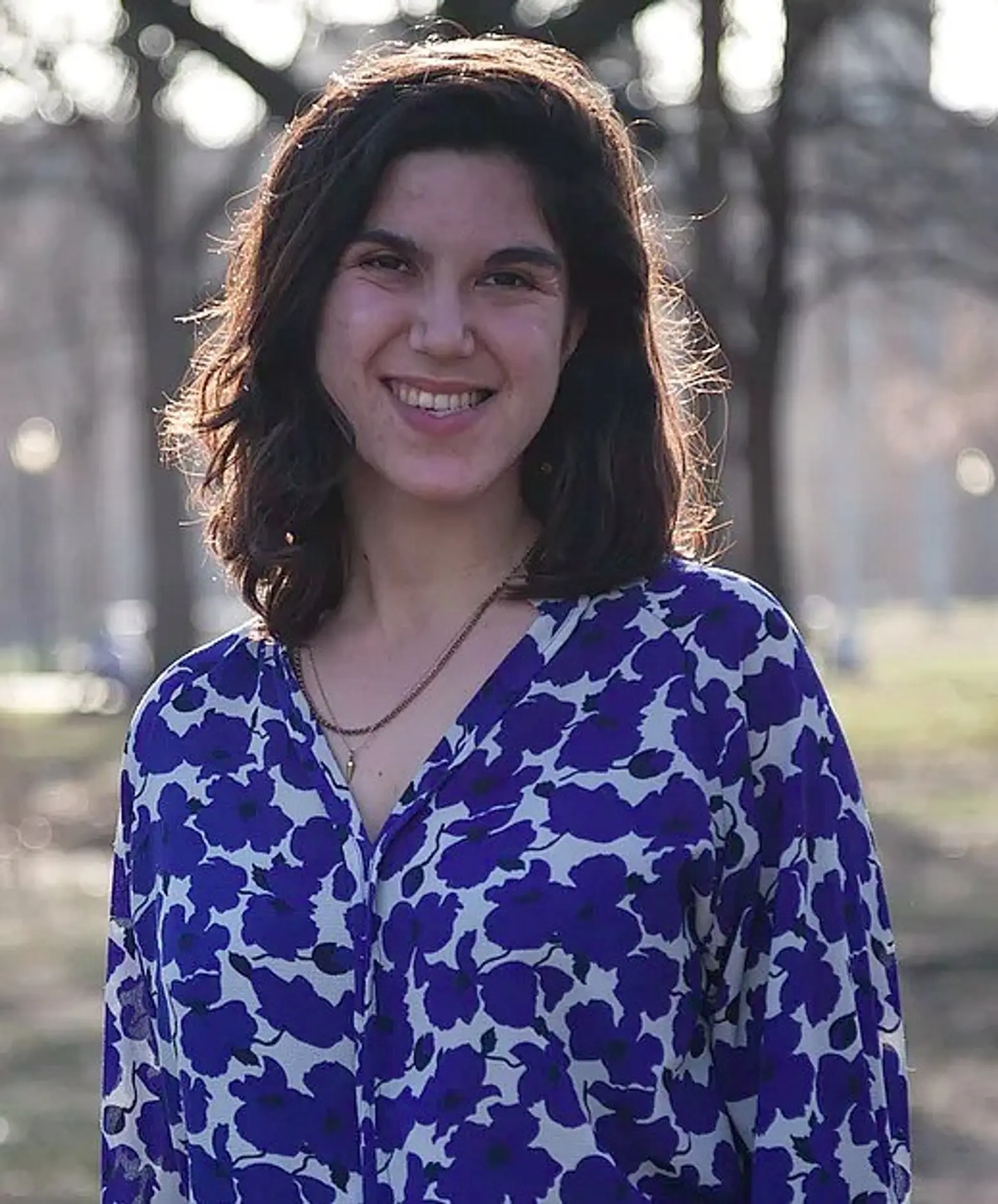 Lucie Levine is the founder of Archive on Parade, a local tour and event company that aims to take New York’s fascinating history out of the archives and into the streets. She’s a Native New Yorker, and licensed New York City tour guide, with a passion for the city’s social, political and cultural history. She has collaborated with local partners including the New York Public Library, The 92nd Street Y, The Brooklyn Brainery, The Society for the Advancement of Social Studies and Nerd Nite to offer exciting tours, lectures and community events all over town. Follow her on Twitter and Instagram.
Lucie Levine is the founder of Archive on Parade, a local tour and event company that aims to take New York’s fascinating history out of the archives and into the streets. She’s a Native New Yorker, and licensed New York City tour guide, with a passion for the city’s social, political and cultural history. She has collaborated with local partners including the New York Public Library, The 92nd Street Y, The Brooklyn Brainery, The Society for the Advancement of Social Studies and Nerd Nite to offer exciting tours, lectures and community events all over town. Follow her on Twitter and Instagram.
